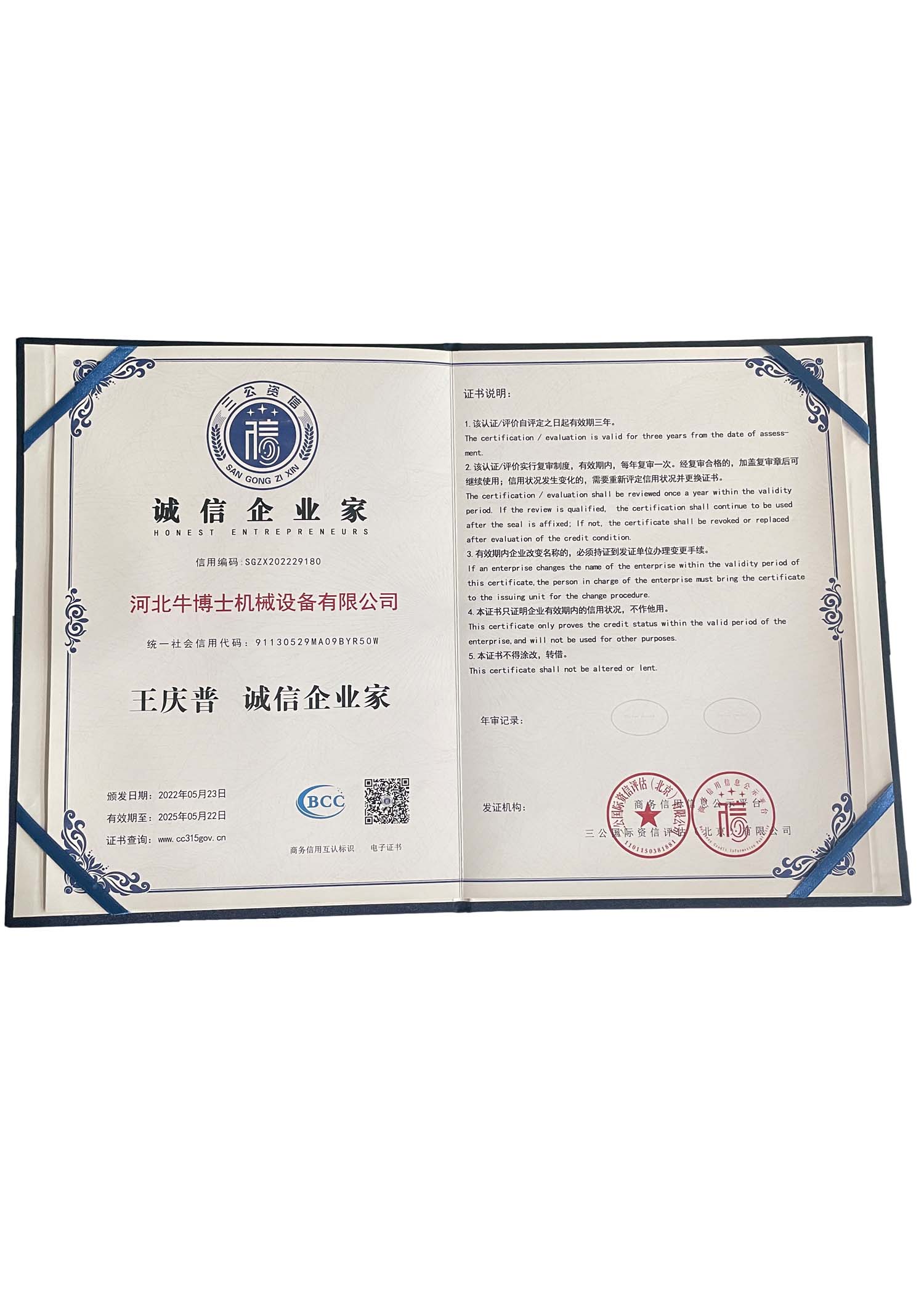windrower machine
The Windrower Machine Revolutionizing Hay and Forage Harvesting
Agriculture is the backbone of many economies, and advancements in farming machinery have significantly increased productivity and efficiency in the industry. Among these innovations, the windrower machine stands out as a critical piece of equipment for hay and forage harvesting. This machine has transformed how farmers collect and prepare their crops, leading to enhanced quality and yield.
What is a Windrower?
A windrower, also known as a swather, is a piece of agricultural equipment designed to cut and lay forage crops in rows, or windrows, for drying and subsequent baling. Typically used for crops like hay, alfalfa, and other forage grasses, the windrower ensures that the cut plants are evenly spread out, allowing for efficient drying before they are gathered for storage or feed.
How Does a Windrower Work?
The operation of a windrower is relatively straightforward yet highly effective. Equipped with a cutting platform, the machine cuts the crop at its base while moving across the field. The cut crop is then placed in neat rows, facilitating a faster drying process due to increased air circulation. The design of windrowers includes various features such as adjustable cutting heights and widths, allowing farmers to customize the machine to suit different crop types and field conditions.
Many modern windrowers come with additional features such as electronic controls and GPS technology, making operation more efficient and precise. These innovations enable farmers to track their movements and manage their operations better, leading to reduced waste and increased productivity.
windrower machine

Benefits of Using a Windrower
1. Increased Efficiency Windrowers dramatically cut the time and labor involved in hay and forage harvesting. By cutting and laying the crop in a single pass, farmers can cover large areas more quickly than traditional methods, which often involve multiple steps and machines.
2. Improved Crop Quality By creating windrows, the crops are better exposed to the sun and air, which promotes even drying. This helps to prevent mold and spoilage, ultimately improving the quality of the hay or forage harvested. Higher-quality feed results in better nutrition for livestock, which is crucial for maintaining a viable agricultural operation.
3. Reduced Labor Costs The automation and efficiency of windrowers reduce the dependence on manual labor. This is particularly important in an era where labor shortages are becoming increasingly common in agriculture. With a windrower, a single operator can manage the entire harvesting process more effectively than a team of workers using traditional methods.
4. Versatile Applications Windrowers are not limited to just hay and forage; they can also be used for various crops, including grains and small seeds. Some models are adaptable for different crops, making them a versatile tool in a farmer's equipment lineup.
Conclusion
The windrower machine has undoubtedly revolutionized the way farmers approach hay and forage harvesting. By increasing efficiency, improving crop quality, and reducing labor costs, windrowers have become indispensable tools in modern agriculture. As technology continues to advance, we can expect further enhancements to these machines, making them even more efficient and user-friendly. For farmers looking to optimize their operations and enhance productivity, investing in a windrower machine is a decision that can yield significant benefits for years to come.
Latest news
-
When to Upgrade Your Old Forage HarvesterNewsJun.05,2025
-
One Forage Harvester for All Your NeedsNewsJun.05,2025
-
Mastering the Grass Reaper MachineNewsJun.05,2025
-
How Small Farms Make Full Use of Wheat ReaperNewsJun.05,2025
-
Harvesting Wheat the Easy Way: Use a Mini Tractor ReaperNewsJun.05,2025
-
Growing Demand for the Mini Tractor Reaper in AsiaNewsJun.05,2025
